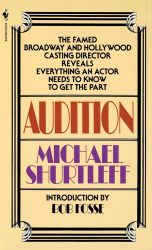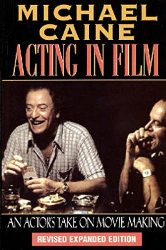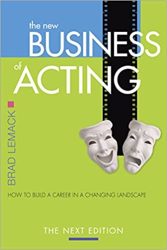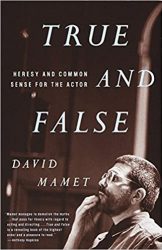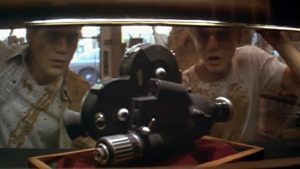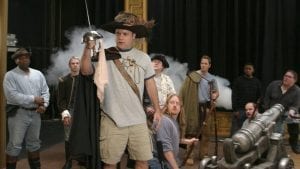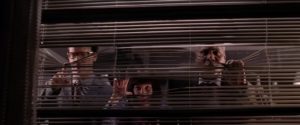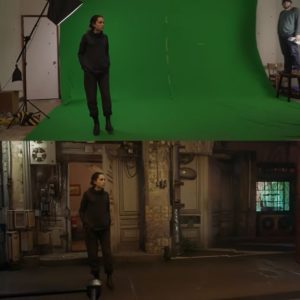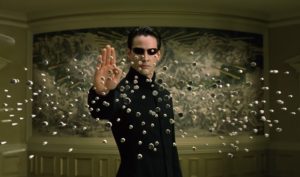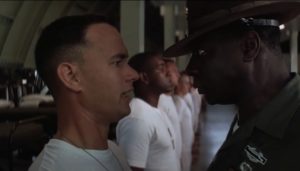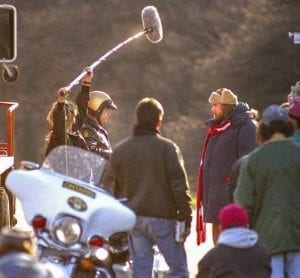
“Acting is reacting,” how many times have you heard this phrase in your acting career? While it is an accurate statement, it does not offer a particularly useful roadmap of how it should be applied. Here are my five favourite tips for listening intently and reacting authentically to my scene partners.
- Analyze how your scene partner’s lines make you feel;
- Infuse these emotions and your character’s personality into your gaze;
- Let your body portray the emotions that your character is living;
- Think of an inner monologue to guide your facial expressions;
- Open yourself up to truly listen.
I’ve outlined a step-by-step approach to using these tips to have natural and accurate reactions to your scene partner’s lines, whether acting for the screen or on stage.
1. Analyze Your Scene Partner’s Lines
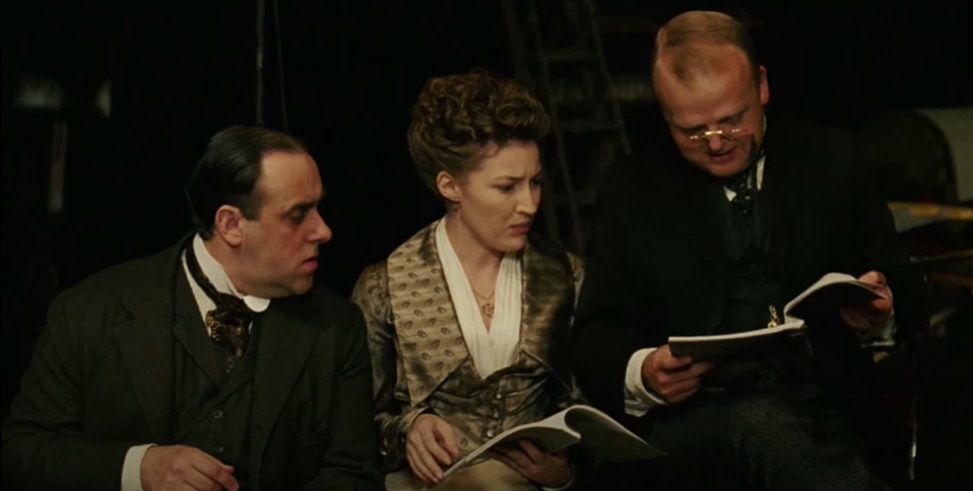
The first thing you should do when thinking about how to continue acting between your lines is to analyze your scene partner’s part of the script. Go line by line and reflect on what each of them means to you. What kind of information are they communicating? How does that make your character feel?
Are they betrayed? Delighted? Saddened? Surprised? Shocked? These emotions will translate into your body through your gaze, breathing, posture, and gestures. The tricky part is that to be convincing, you have to process those feelings at a pace that would be normal if this was a real conversation between two people. So when the time comes to act out the scene with your partner, take the time to really listen to what they’re saying and put yourself in the shoes of someone who is hearing it for the first time and who has to take it all in.
2. Use Your Gaze

Your character’s personality will be essential in informing what your eyes should be doing while listening to someone in a scene. If your character is shy, chances are that you will not be looking at your interlocutor straight in the eye. You might look down, you might focus your gaze on an on-set object, or you might steal occasional glances. On the other hand, a bolder character would lock eyes with someone while listening to them.
Your character’s emotions and physical state will also affect what they look at. If your character is tired, you might appear to be staring at something with an empty look on your face. Suppose your character is suspicious of the other character in the scene. In that case, you might want to follow your scene partner’s every move with your eyes. What you look at and how you look at it is part of how you tell your character’s story.
A great exercise help develop the skill is to practice a scene:
- Only looking into your partner’s eyes
- Avoiding your partner’s eyes
- Staring at parts of their body
- Jumping back and forth between their eyes and something else
- Etc.
3. Embody Your Character’s Emotions
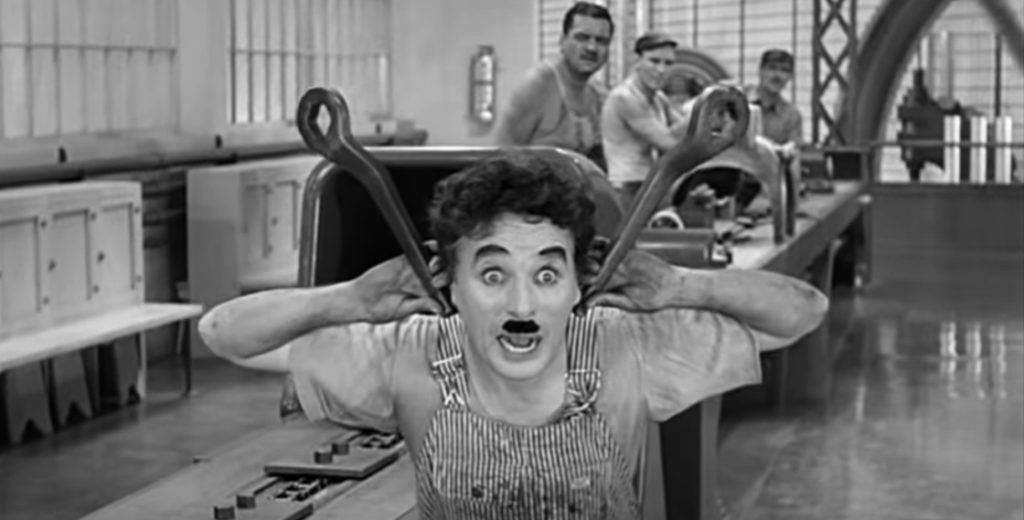
Saying that body language is a big part of communication is an understatement. Studies don’t agree on exactly how much of our communication is non-verbal. Still, the consensus is that non-verbal cues account for over 50% of our communication. Mindfully using tone, facial expressions, and body language is as important for actors as learning your lines to deliver an outstanding performance. And, of course, these three elements are the best tools that can be used to convey your character’s emotions when they are listening to someone else talk.
After you have analyzed your scene partner’s lines, you will have established how they impact your character and how they should make you feel. It is now time to transpose these emotions into your body language. Bringing some physicality to your performance will make it more exciting and authentic. Here are some elements of body language to keep in mind:
- Your posture: if your character should be confident, but your shoulders are hunched, and your head is tilted down, maybe some of your shyness is shining through. You want to ensure that your posture is coherent with your character and their emotions.
- Your facial expressions: What is your face saying? Are your nostrils flared in anger? Are your lips hinting at a smile? Are your eyebrows raised in surprise? Let your character’s emotions show on your face, but remember to dose them well! You could practice in front of a mirror or record yourself to see and adjust how intensely you play the emotion.
- Your hands: Hands play a significant role in underscoring how we feel. Most people fidget when they are nervous, whether with a necklace, their clothes, or some object in front of them. When receiving bad news, people might place their hands on their hearts or chest. Someone who is pensive might stroke their chin, and someone might grab their head with both hands in despair. See the pattern?
- Your breathing: In our everyday life, we are often unconscious of our breathing, but it is also affected by the emotions we feel. Even if they are not tearing up, someone who is feeling sad can appear to have spasmodic breath. Fear, panic, or anxiety can lead to someone hyperventilating. You can bring these little nuances to your acting to make it more authentic.
Don’t fall into the trap of sticking to one decision for each one of these elements. Experiment with different choices until you find the one that feels right. For example, if you decide that your character is breathing calmly, why not try it with them breathing quickly or holding their breath at certain key moments of the scene?
If you want to read more tips to improve your body language skills as an actor, read one of our other articles, such as Acting Hand Gestures, Body Language for Actors: Gait Exercise, or How Jobs Can Affect Body Language and Physical Habits.
4. Imagine an Inner Monologue or Dialogue
When listening to someone talk, our minds don’t always focus on what the other person is saying. Sometimes, our minds wander: and that’s okay! If your character is in a scene with someone they strongly dislike who is droning on and on, your character probably wouldn’t pay much attention to what that person has to say. Instead, your character might think, “Can you just SH*T UP?! No one cares what you have to say, Carl… You’re just a little %*#$*%….” You get the point… This is your character’s inner monologue while Carl is talking.
On the other hand, if your character is in a scene with someone they find really attractive, what’s going on in their heads will be very different. Let’s say that your character, Enzo, is on a date with a lovely woman; let’s call her Amanda. While Amanda is talking, Enzo might think, “I can’t believe I scored this date! Just look at her, with that beautiful hair! And that dress… Oh, shoot, she’s looking at me like she wants me to answer a question… What did she ask?!”
And of course, there’s the infamous inner dialogue trope between the angel and the demon, where you’ll have two voices in your head telling you different things like, “Hey! That woman forgot her purse on the bench! Quick, I have to bring it to her! / Wait a second, that’s a really nice bag, though… I could never afford one like this! Let’s keep it! / Are you crazy?! Are we thieves now? Just try to find her; she can’t have gone too far.”
Try and say these lines in your head, maybe in front of a mirror, or maybe while filming yourself. You’ll notice that your face is going to be very expressive. That is because when your brain is working, it shows through your facial expression and body language.
So, if it fits the context of your scene, you can use the inner monologue/inner dialogue technique to keep acting while your scene partners are talking. There are many situations for which this technique would be appropriate, such as when receiving shocking news. Chances are that your mind would block everything out and start spinning if a doctor announced that you have a terminal disease. Conversely, if your character is responding intently to what the other person is saying, you would keep the inner monologue to a minimum if you even have one.
There is a very famous acting exercise that you can use to practice this skill. You might have already done this exercise if you’ve ever taken an acting class, but here it goes. While practicing a scene with your fellow actors, replace your lines by your inner monologue. It’s usually just a few words that you would say over and over. For example, you would replace all of your lines in the scene with “I don’t understand.” This allows you to embody what your character is living by focusing on how truly and authentically you can convey the character’s emotions before adding the layer of the lines you need to speak.
Another way of practicing this is by watching real interviews or debates and focusing on the person who is listening: specifically their facial expressions and their body language. Based on what you observe, try to imagine their inner monologue. Then, using that imagined inner monologue, try to mimic their reactions.
5. Just. Listen.
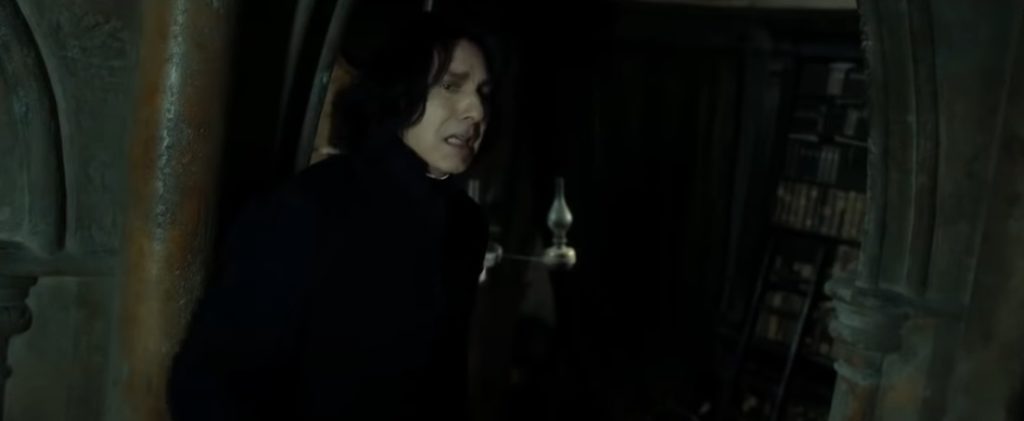
Many famous actors believe in the power of authentic listening. Not just hearing your fellow actor’s lines and listening for your cue to start talking… But the kind of listening where you drop your guard, become vulnerable and open yourself up to be touched by what the other person is saying to you. This, of course, will take a lot of time to master. Still, by using the four tips above, you will start to build the muscles needed to one day have the right instincts to allow yourself to simply be in the moment.
The late Alan Rickman said in a 2010 interview with BBC:
The camera likes you if it can see you thinking and most importantly listening. (..) You only speak because you wish to respond to something you’ve heard. (…) All I want to see from an actor, to me, is the intensity and accuracy of their listening. And then what you have to say will become automatic. And then it will be free and alive and then you can work on it and shape it and talk about it. But the basic kind of engine to it – it is how accurate is your listening and how alive are you to your fellow actors and how accurate is your response, and how bold. (source)
Clarke Peters furthers that thought:
When you do listen, a scene can move very quickly, you know, you wonder where the time went when you look back at it, because when you’re absorbed in the scene, it carries both of you as actors you know, and I love that. (source)
Conclusion
Each professional actor has his or her own process of exploring their character’s reactions to what is happening in a scene. After all, if there was a magic formula, acting would be more of a science than the creative art we love. So, in the spirit of creativity, feel free to experiment with this method and make it your own.
Now, go forth and act.
